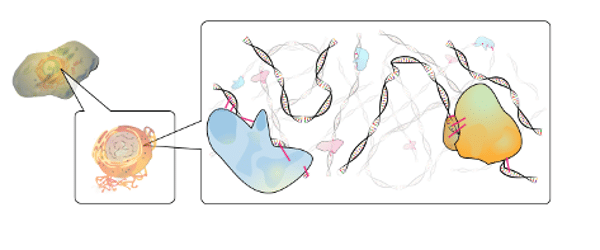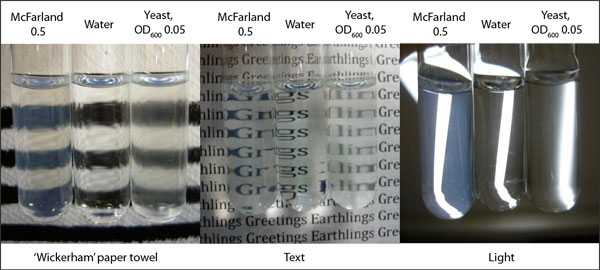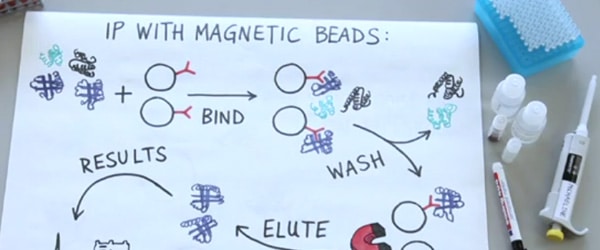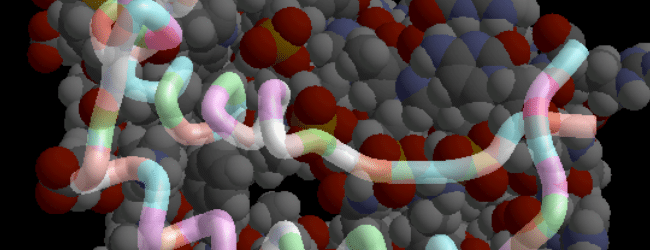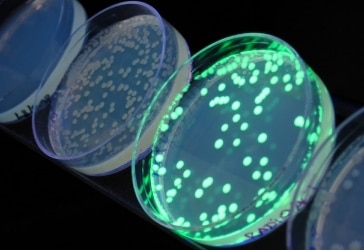An Introduction to Tandem Affinity Purification
Tandem affinity purification is a development of existing techniques for purifying protein complexes from cells in physiological conditions. It was first described over ten years ago and has become a commonplace laboratory tool. In this brief article I’ll introduce the basic technique and describe some of its advantages. Biology is a team game. Most biological…











